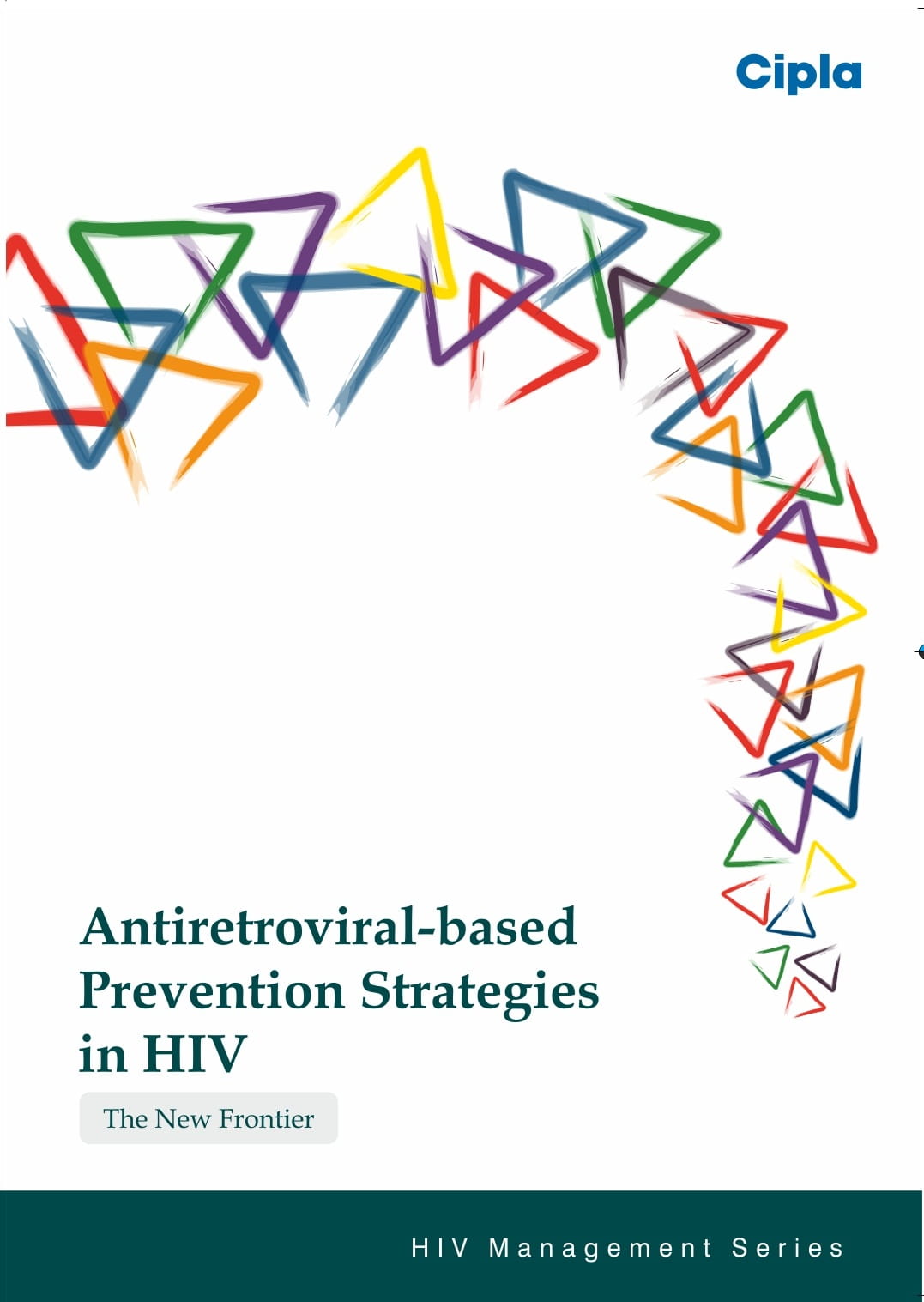Speaker: Mark Marzinke
The Human Immunodeficiency Virus (HIV) Prevention Trials Network (HPTN) 084 study, a phase three trial, was designed to compare long-acting cabotegravir to daily oral tenofovir disoproxil fumarate/emtricitabine (TDF/FTC) in individuals born female. The study was halted early after an international data and safety monitoring board determined that long-acting cabotegravir was superior to oral TDF/FTC for HIV prevention. The trial is currently continuing as an open-label extension. During the blinded phase, participants were required to use long-acting reversible contraceptives as an additional safety measure. However, this requirement was removed in the open-label extension, and pregnant participants were allowed to consent to continue receiving cabotegravir injections during pregnancy. The pharmacokinetics of long-acting cabotegravir during pregnancy had not been previously described, which led to the initiation of a nested sub-study within the HPTN 084 open-label extension.
In this sub-study, 75 participants who continued cabotegravir injections during pregnancy were included, with data from 50 participants currently available. Several criteria were used to select cases for inclusion in this analysis. Participants who consented to the pregnancy sub-study and whose pregnancies resulted in a live birth, stillbirth, or intrauterine demise at a gestational age of at least 36 weeks were considered eligible. Additionally, participants needed to have received at least four cabotegravir injections during pregnancy and four or more injections in the year before pregnancy. Cases, where participants were adjudicated as HIV positive were excluded from the analysis, and to date, no cases of HIV acquisition have been reported among the pregnant women continuing cabotegravir in the open-label extension.
The study defined the pre-pregnant period as the time from enrollment to the pregnancy report date. Pregnancy trimesters were defined following the national institute of child health and human development (NICHD) Task Force recommendations, and the postpartum period was from the pregnancy outcome to 24 weeks after. Pharmacokinetic analyses evaluated drug concentrations from the initiation of cabotegravir injections through the postpartum period, with participants undergoing monthly sampling during pregnancy. Trough concentrations of cabotegravir were averaged within each participant for the pre-pregnant, pregnant, and postpartum periods, as well as for each pregnancy trimester.
The study also calculated the frequency of cabotegravir long-acting (CAB-LA) trough concentrations above the protocol-specified target, which was four times the protein-adjusted 90 percent inhibitory concentration (PAIC 90), or 0.664 micrograms per millilitre. Ratios of trough concentrations between trimesters, the non-pregnant period, and the postpartum period were also calculated, and the area under the concentration-time curves was estimated for each pregnancy trimester. Fifty participants were included in the analysis, with a median age of 25 years, weight of 61 kilograms, and body mass index (BMI) of 24 kilograms per meter squared at enrollment. All pregnancies resulted in live births, with 90 percent being full-term. Participants had prior experience with long-acting cabotegravir before pregnancy, with a median of 19 injections. Seventy-eight percent received six injections in the year before pregnancy, and during pregnancy, 70 percent received four injections, while 30 percent received five. CAB trough concentrations were comparable during the pre-pregnant, pregnant, and postpartum periods, with median trough concentrations of 2.1, 1.9, and 2.5 micrograms per millilitre. The study also examined cabotegravir concentrations within each pregnancy trimester relative to the pre-pregnant and postpartum periods. An example concentration-time profile for a participant showed consistent CAB concentrations throughout pregnancy and postpartum, with injections denoted by syringe icons and the pregnancy outcome, live birth at term, marked by an infant icon. The target concentration was set at four times PAIC 90.
In the analysis of 50 participants, CAB trough concentrations declined across pregnancy trimesters. Median trough concentrations were 2.5 micrograms per millilitre in the first trimester, 1.7 in the second, and 1.6 in the third. The lower fifth percentile concentrations were 1.44, 1.04, and 0.81 micrograms per millilitre. Despite these declines, nearly all participants-maintained concentrations above the protocol-specified target of 0.664 micrograms per millilitre, with 100% in the first and second trimesters and 98% in the third trimester exceeding this threshold. Ratios of CAB concentrations from the pre-pregnancy period to each trimester showed a decrease, with values of 1.3 in the first trimester, 0.9 in the second, and 0.8 in the third. Sensitivity analyses, considering more recent CAB use, confirmed this trend, showing further declines. The estimated Area under the Curve (AUC) values, indicating overall CAB exposure, also decreased from 148 in the first trimester to 109 in the third, aligning with observed trough concentration trends. This consistent decline in CAB exposure during pregnancy was evident throughout the study.
Based on the evaluation of 50 participants receiving CAB-LA injections during pregnancy, a decline in CAB concentrations was noted from the first to the third trimester. Despite this, 100% of participants in the first and second trimesters and 98% in the third trimester maintained average CAB trough concentrations above the protocol target. Although dose adjustments are not anticipated for those continuing CAB during pregnancy, further analysis is underway, including testing an additional 25 participants and examining factors such as weight, BMI, and albumin levels on CAB pharmacokinetics. Additionally, efforts are being made to assess CAB pharmacokinetics in women who started CAB during pregnancy and to evaluate infant exposure during lactation.
The 25th International AIDS conference (AIDS 2024). 22nd-26th July, Munich, Germany




